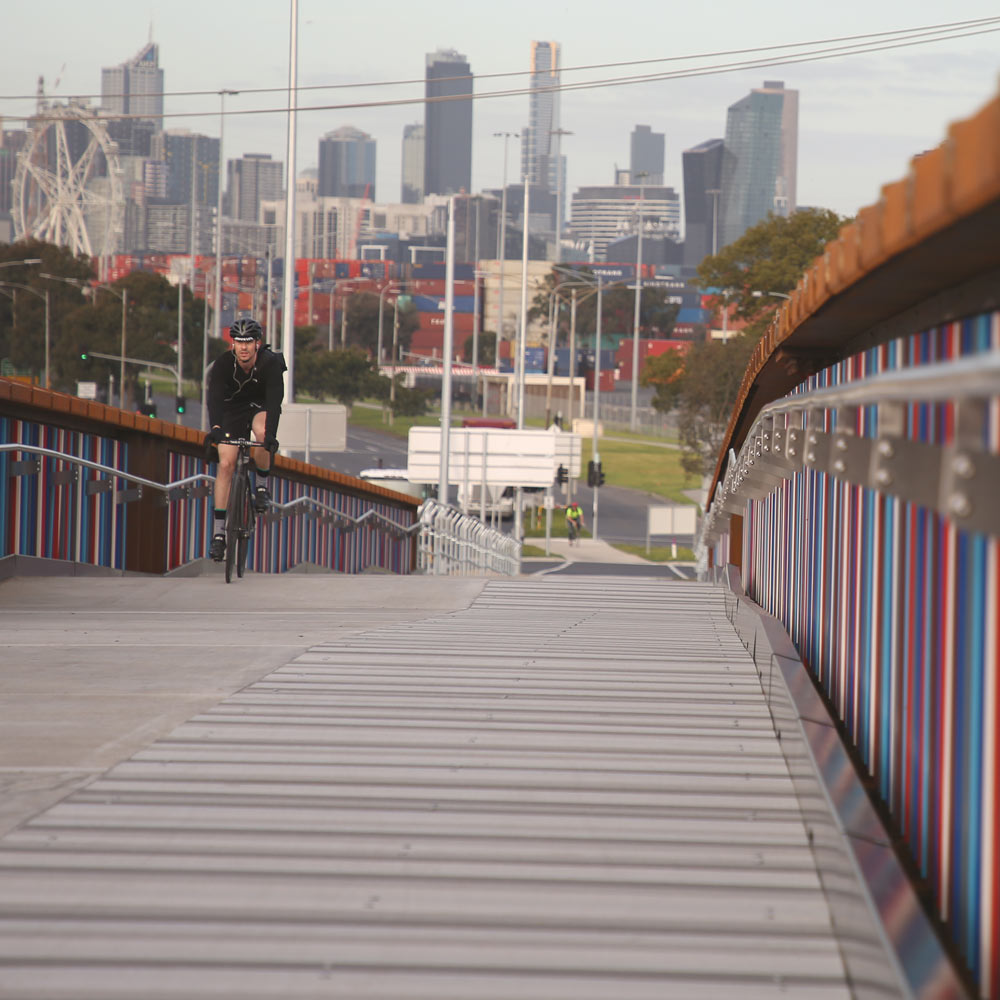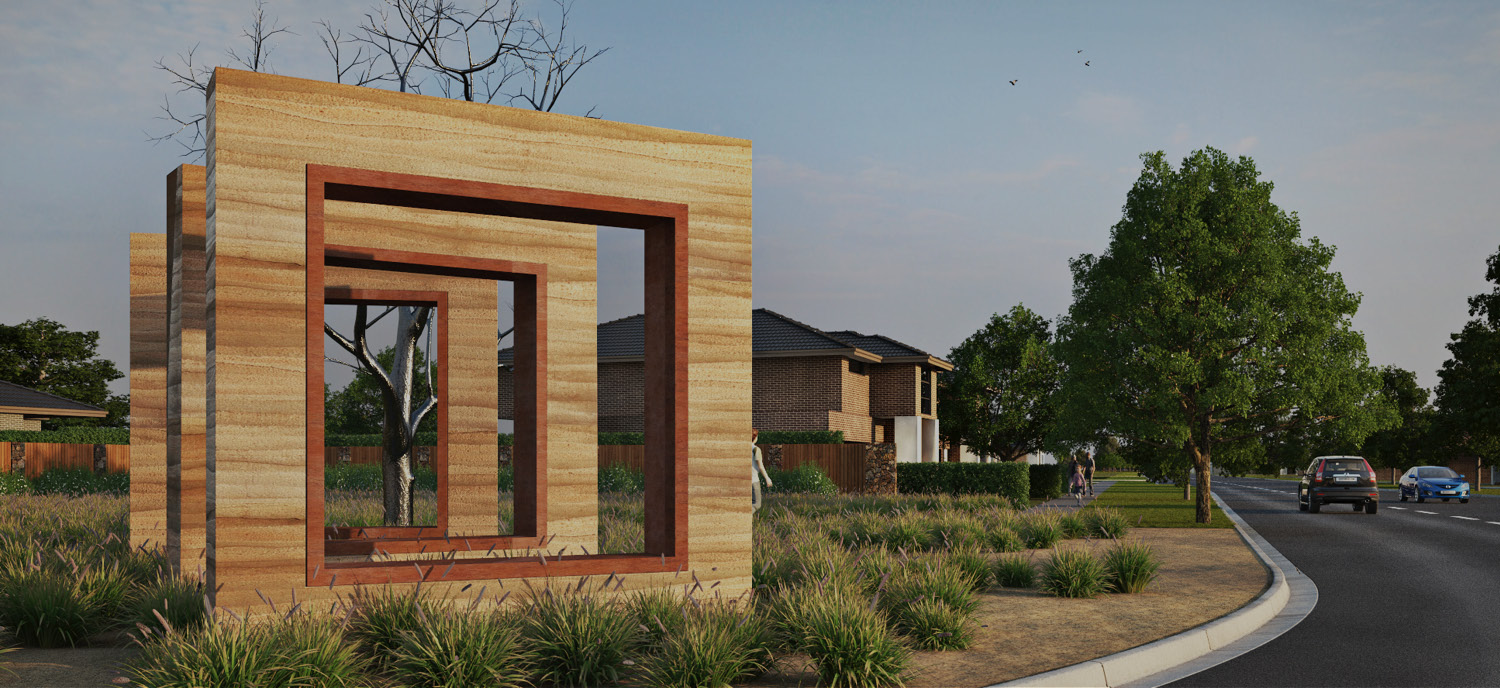
Recently I began to think about the possibilities of a cycling route that would be safer than my current journey and reduce travel time by providing a more direct route. In the absence of public investment, could we turn to the private sector?
I live in Melbourne and cycle to work most days, as I have for the last five years. My daily commute is under 10km, and on each trip I spend more time either watching for errant car doors, stopped at traffic lights and looking out for cars and pedestrians than I probably would in more cycle friendly cities around the world. Over the years I have grown more comfortable with the risks however it wasn’t always that way. To those people considering the switch from car to bicycle this can all be a daunting experience as unless you are prepared to fight for road space in peak hour traffic there are limited choices that are safe, direct and segregated from cars.
Clearly a significant investment in time and resources is required to improve infrastructure in order to transform cycling in our city, make it a safer and more attractive option, and encourage more people to cycle to work.
Recently I began to think about the possibilities of a cycling route that would be safer than my current journey and reduce travel time by providing a more direct route. In the absence of public investment, could we turn to the private sector?
Would I pay for it?
The concept of ‘user pays’ is not foreign across Australia’s transport network and if it works for cars then why not bicycles? I believe there is a case for a user pays model for new dedicated cycling infrastructure as part of wider sustainable transport strategy across our city. By dedicated, I mean carefully planned, designed and built with the cyclist in mind.
Providing well planned cycling infrastructure that not only saves you time but also provides end-to-end facilities that allow for easy connection with an onward journey, including good public transport links and bicycle parking.
In Melbourne, bicycle trips are not integrated well with public transport with only 1% of train passengers cycling to the train station. (City of Melbourne Bicycle plan 2012-2016). Providing for bicycle parking and cycling access at train stations expands the reach of the public transport network.
What would a user pays model look like?
Well, I would say it could look like your average mobile phone deal. Pay by the month, annual subscription or even a pay-as-you-go service. Wouldn’t it be great to link kilometres cycled with a special tax incentive, health rebates or even cheaper car insurance! If you can salary sacrifice a motor vehicle than why not a bicycle.
Melbourne is consistently ranked as one of the world’s most liveable cities and cycling plays a huge part in this as it helps to reduce congestion and take pressure off public transport services, however, I’m afraid this title is at stake if we don’t act quickly.
Cycling is an integral part of our transport system. It is cost-effective and beneficial to provide cycling infrastructure and facilities when other infrastructure investments are being considered. While there has been a recent effort to make Melbourne a bicycle friendly city, much more work is needed if cycling is to become a more dominant mode of travel.
I think it’s time we started to get more creative with how we plan and implement our transport infrastructure across Melbourne and where better to start than getting more people on bicycles and cycling to work.
Related
insights
 Challenge the status quo
Challenge the status quo
Make no mistake, in 2018 gender is on the agenda. From pay parity to the gender gap, to women in leadership roles, the discourse regarding the role of women in traditionally male-dominated workforces is taking poll position.
 IWD2022: Women at SMEC shine bright
IWD2022: Women at SMEC shine bright
Seven inspiring and influential women who work at SMEC, Logashri Sewnarian, Libby Paholski, Pawitasari Fransisca, Florence Wambugu, Raveena Grover (pictured), Karina Discaya and Saima Bodla, champion International Women’s Day 2022.
 What advice would you give your younger self? SMEC’s women in engineering reflect on their career journeys
What advice would you give your younger self? SMEC’s women in engineering reflect on their career journeys
Reflecting on Women’s Month in South Africa, SMEC South Africa celebrates their very own women in engineering - inspiring females who are not only transforming our built environment but leading the way for the next generation of female engineers.





